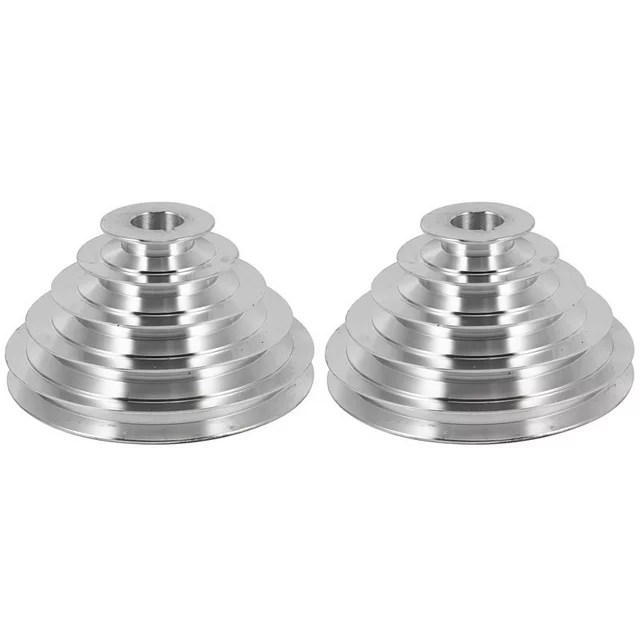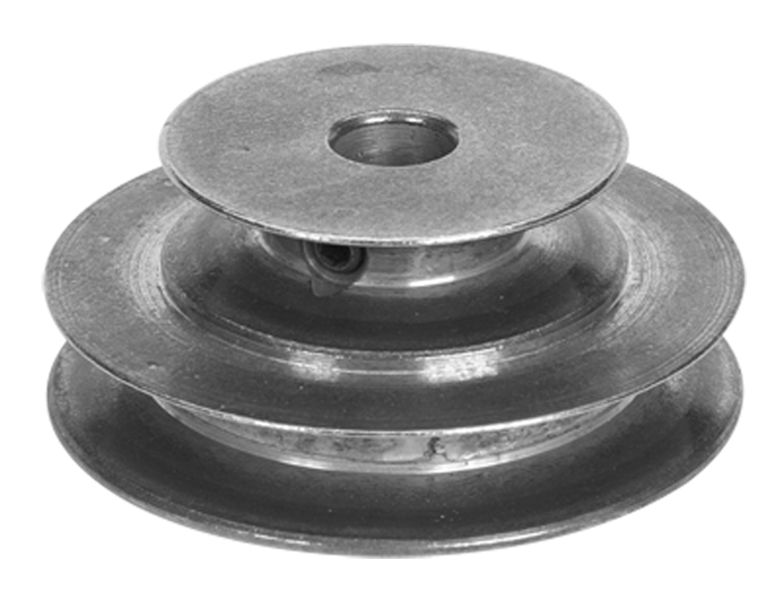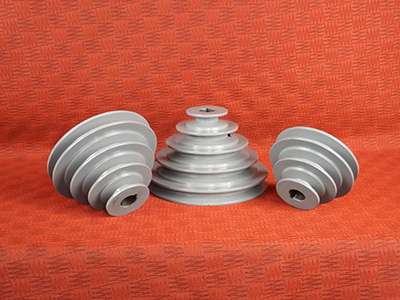Product Description
Surface treatment for CNC Machining part:
| 1 | Zinc/nickel/chrome plating |
| 2 | hot galvanized |
| 3 | painting |
| 4 | powder coating |
| 5 | Anodize Oxidation, or with colors: like silver, blue, red, etc. |
| 6 | plating, silver-plated, Gold-plated, etc |
| 7 | polishing |
| 8 | electrolytic polishing |
| 9 | sank without electricity nickel |
| etc | etc. |
HangZhou CHINAMFG Machinery Co., Ltd. is located in HangZhou, HangZhou. Based on the advantages of specialized talents, it has formed 4 professional project sections with excellent technical equipment, sound quality assurance system and standardized production environment: mechanical processing, sheet metal stamping production, Mold manufacturing, high-speed rice transplanter, with the high recognition of the majority of mature customers, cast the “Xin Rifeng” brand in the industry’s CHINAMFG position, and strive to build an intelligent manufacturing service system.
It is people-oriented, Difeng people focus on the production of high-quality rice transplanter planting department with high quality and advanced technology, all kinds of mold design, R&D and manufacturing required for sheet metal stamping; at the same time, develop continuous die and welding.
We always adhere to the customer’s position to solve the problem, the product to achieve process optimization, reduce costs, and continue to reduce materials for the purpose, so for the domestic major Asian high-speed main engine factory and high-speed rice transplanter market, some products are sold to Pakistan, Vietnam, Countries and regions such as India. It has successively become an excellent supplier of domestic famous enterprises such as Japanese Yanmar, Japan Kubota, Nideko Electric, Hailiwei and ZheJiang Xihu (West Lake) Dis.. The company has successively obtained the “HangZhou Small and Medium-sized Specialized Special New Product (Technology) Certificate” and “ISO9001 Quality Certification” and successfully registered the “Xin Rifeng” trademark.
Workshop equipment
Certifications
Packaging & Shipping
FAQ
Q1: Are you a factory or a trading company?
A1: We are a professional manufacturer of CNC parts for over 14 years.
Q2: How can I get quotation?
A2: Please help to send drawing (2D and 3D drawing) to us, so we can know the raw material, size and surface treatment, tolerance and other details of the product. And also inform us the quantity you need.
Q3: What kind of material you can process?
A3: Normally Aluminum alloy and stainless steel, but we also can do titanium alloy steel, copper alloy steel special alloy steel and non-metal material.
Q4: What is the minimum size tolerance you can do?
A4: The minimum size tolerance we can do is 0.001mm.
Q5: What is the biggest range you can do?
A5: The biggest range we can do is 1500mm.
Q6: Can you do precise and complicated CNC parts?
A6: Yes, we can do precise and complicated CNC parts by our 5/4/3 axis CNC machines
Q7: Can you accept sample order?
A7: Yes, we can do sample order per your requirement.
Q8:Can you accept custom packing?
A8: Yes, we can do custom packing as your requirement. /* January 22, 2571 19:08:37 */!function(){function s(e,r){var a,o={};try{e&&e.split(“,”).forEach(function(e,t){e&&(a=e.match(/(.*?):(.*)$/))&&1
| After-sales Service: | Lifelong After-Sales Service |
|---|---|
| Application: | Cow |
| Power Source: | Electric |
| Heating and Ventilation Equipment Type: | Hot Blast Stove |
| Epidemic Prevention Equipment: | Aerosol Immune Machine |
| Certification: | CE |
| Samples: |
US$ 1/Piece
1 Piece(Min.Order) | |
|---|
| Customization: |
Available
| Customized Request |
|---|

What maintenance procedures are necessary to ensure the reliability of step pulleys?
To ensure the reliability of step pulleys, certain maintenance procedures should be followed. Here are some essential maintenance procedures:
1. Regular Inspection:
Perform regular visual inspections of the step pulleys to check for any signs of wear, damage, or misalignment. Look for cracks, chips, or excessive wear on the pulley steps. Ensure that the pulley is properly aligned with the belt or cable and that there is no excessive play or wobbling.
2. Lubrication:
Proper lubrication is crucial for the smooth operation of step pulleys. Follow the manufacturer’s guidelines on lubrication frequency and use the recommended lubricant. Apply lubricant to the pulley shaft and bearings to reduce friction and prevent premature wear.
3. Belt or Cable Maintenance:
Inspect the belts or cables regularly for signs of wear, cracking, or stretching. Replace any worn-out or damaged belts or cables promptly. Ensure that the belts or cables are correctly tensioned and properly aligned with the step pulleys to prevent slippage and optimize power transmission.
4. Cleaning:
Keep the step pulleys clean and free from debris, dust, or other contaminants. Regularly clean the pulleys using a soft brush or cloth to remove any buildup that may affect their performance. Avoid using harsh chemicals that could damage the pulley surface or belt material.
5. Belt Alignment:
Check the alignment of the belts or cables on the step pulleys. Misaligned belts can cause uneven wear, increased friction, and reduced efficiency. Adjust the pulley position or tension as necessary to ensure proper alignment.
6. Preventive Maintenance:
Implement a preventive maintenance schedule for the machinery that includes step pulleys. Schedule periodic maintenance tasks, such as pulley inspections, lubrication, and belt or cable replacements, to prevent unexpected failures and ensure the long-term reliability of the pulleys.
7. Professional Expertise:
For complex machinery or critical applications, it is advisable to seek the expertise of qualified technicians or maintenance professionals. They can provide specialized knowledge and perform more in-depth maintenance procedures to ensure the reliability and optimal performance of the step pulleys.
By following these maintenance procedures, step pulleys can be kept in good condition, minimizing the risk of failures, optimizing performance, and extending their service life.

How do you select the right step pulley configuration for a specific task?
Selecting the right step pulley configuration for a specific task involves considering several factors to ensure optimal performance. Here’s a step-by-step guide to help you make the right choice:
1. Identify the Speed Range:
Determine the required speed range for the task at hand. Consider the materials being worked on, the cutting tools or processes involved, and any specific speed requirements for achieving the desired results. This will help you understand the range of speeds needed from the step pulley.
2. Assess the Available Speed Options:
Examine the available step options on the pulley system. Count the number of steps and note their respective diameters. Each step corresponds to a specific speed ratio, allowing you to achieve different speed settings. Evaluate whether the available speed options cover the required range for your task.
3. Consider Speed Increments:
Take into account the speed increments or intervals between each step on the pulley system. Some step pulleys offer finer speed adjustments with smaller increments, while others may have larger jumps between steps. Determine if the available increments align with the level of speed control needed for your task. Smaller increments provide more precise speed adjustments.
4. Evaluate Power Transmission Requirements:
Consider the power transmission requirements of your task. Assess the torque and power demands of the machinery or equipment involved. Ensure that the step pulley configuration you choose can handle the required power transmission without overloading or straining the system.
5. Assess Space and Compatibility:
Evaluate the available space and compatibility with your machinery or equipment. Ensure that the step pulley configuration can be properly installed and integrated into the existing system. Consider factors such as pulley size, shaft diameter, and belt compatibility.
6. Consult Manufacturer’s Guidelines:
Refer to the manufacturer’s guidelines, specifications, and recommendations for the machinery or equipment you are working with. The manufacturer may provide specific guidelines on selecting the appropriate step pulley configuration for optimal performance and compatibility.
7. Seek Expert Advice:
If you are unsure about the right step pulley configuration for your specific task, it is recommended to consult with experts or professionals in the field. They can provide valuable insights and guidance based on their experience and expertise.
By following these steps and considering the relevant factors, you can select the right step pulley configuration that aligns with the speed requirements, power transmission needs, and compatibility of your specific task.

In which industries and applications are step pulleys commonly used?
Step pulleys find widespread use in various industries and applications where adjustable speed control is required. Here are some industries and applications where step pulleys are commonly used:
1. Machine Tools:
Step pulleys are extensively used in machine tools such as drill presses, milling machines, and lathes. They allow operators to adjust the rotational speed of cutting tools, enabling precise machining operations.
2. HVAC Systems:
Heating, ventilation, and air conditioning (HVAC) systems often utilize step pulleys in blower motors and fans. These pulleys enable adjusting the speed of the fan to control airflow and temperature regulation.
3. Automotive Industry:
Step pulleys are employed in various automotive applications. They can be found in engine accessories like alternators and power steering systems, where they allow for adjustable speed control.
4. Industrial Machinery:
Step pulleys are used in a wide range of industrial machinery, including conveyors, packaging machines, textile machines, and printing presses. They provide speed variation for different production requirements.
5. Exercise Equipment:
Step pulleys are utilized in exercise equipment like treadmills, stationary bikes, and elliptical machines. They allow users to adjust the difficulty level and intensity of their workouts by changing the speed or resistance.
6. Garage Door Openers:
Step pulleys are commonly found in garage door openers. They enable smooth and controlled opening and closing of garage doors by adjusting the speed and torque applied to the door mechanism.
7. Textile Industry:
In textile manufacturing, step pulleys are used in textile machines such as spinning frames and weaving looms. They provide speed control for various stages of the textile production process.
8. Woodworking Machinery:
Step pulleys are utilized in woodworking machinery, including table saws, band saws, and sanding machines. They enable operators to adjust the speed of cutting or sanding tools for different types of wood and desired finishes.
These are just a few examples, and step pulleys can be found in numerous other industries and applications where adjustable speed control is essential.


editor by CX
2024-04-15